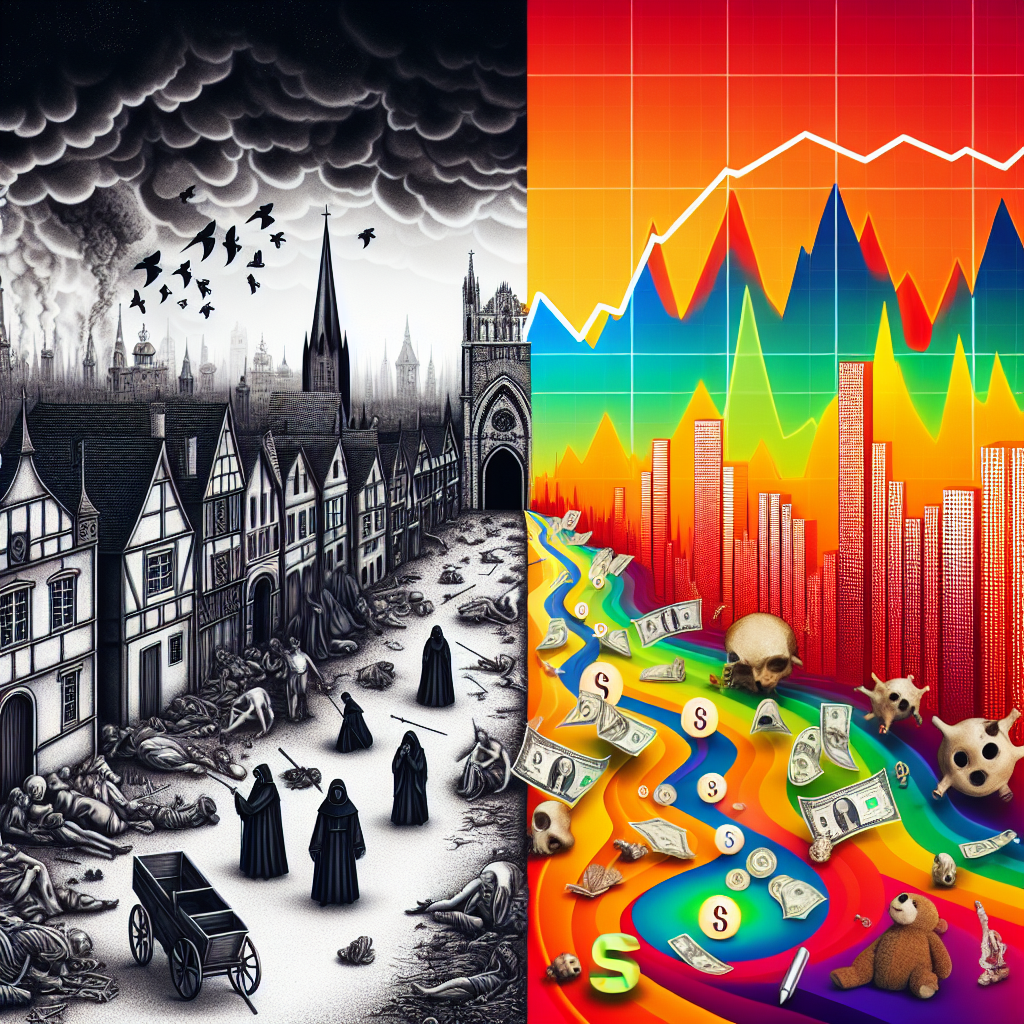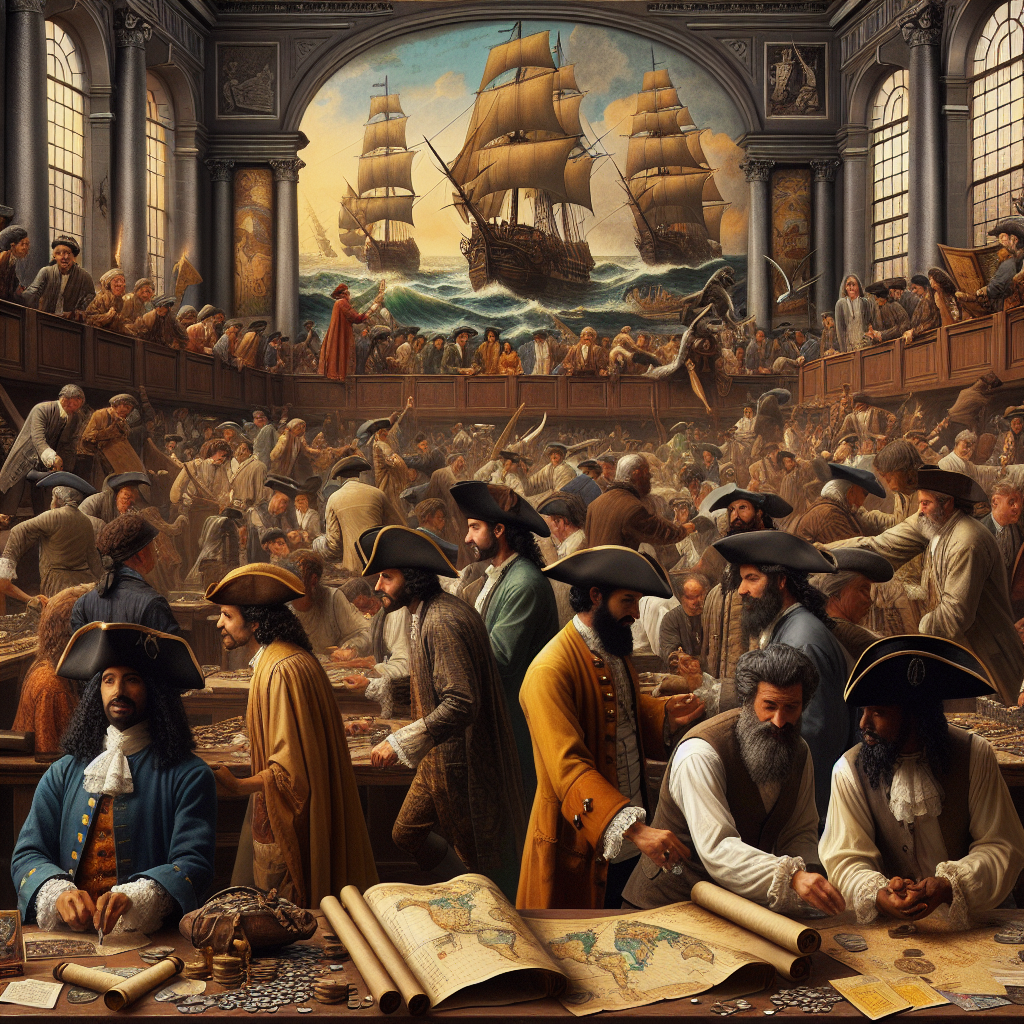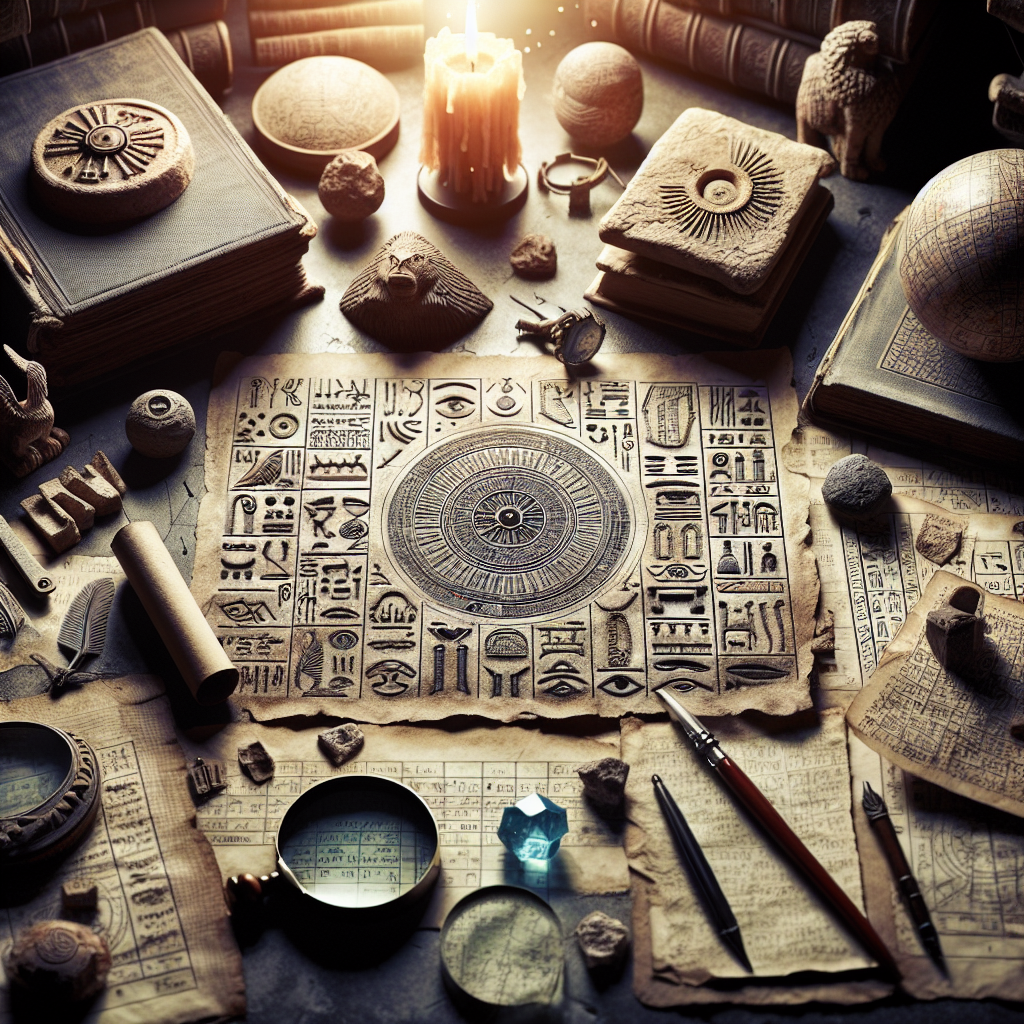History often feels like a neat sequence of eras — one empire falls, another rises, inventions follow discoveries, and the world marches forward in order. But reality is much messier. Across continents, entirely different civilizations were living out stories that overlapped in fascinating, and sometimes bizarre, ways. Here are ten moments in time that happened at the same time, though they seem to belong to completely different worlds.
While the Great Pyramids of Egypt are often treated as the oldest of human marvels, by the time Cleopatra VII ruled Egypt, the Great Pyramid of Giza was already ancient — older to her than she is to us. The last pharaoh lived closer in time to the first iPhone than to the construction of that pyramid. When we picture her gazing upon the pyramids, it’s worth remembering she was looking at ruins already thousands of years old, relics of a distant golden age.
At the same time that the Roman Empire was expanding across Europe, the ancient Chinese were crafting silk and paper under the Han Dynasty. Around 20 CE, while Rome’s emperors were building roads and aqueducts across their vast territory, China’s emperors were connecting Asia through the Silk Road — a parallel empire of trade, culture, and innovation that hardly intersected with Rome yet rivaled it in sophistication.
Jump ahead to the time of the Aztecs, and you might be surprised to know that when they were at their peak in Tenochtitlán, the bustling capital that amazed Spanish conquistadors, Leonardo da Vinci was sketching inventions in Renaissance Italy. While Moctezuma ruled over thousands of warriors and temples, Leonardo was experimenting with flying machines and dissecting human anatomy. Two entirely different renaissances — one of conquest and ritual, another of art and science — coexisted across oceans, completely unaware of each other.
Another striking overlap: when the Oxford University in England was already teaching theology and philosophy to scholars in the 12th century, the last woolly mammoths were still alive on Wrangel Island, off the coast of Siberia. These creatures, remnants of the Ice Age, survived in isolation until around 1650 BCE, long after humans had built cities, written literature, and domesticated animals. For centuries, civilization and prehistory literally coexisted.
During the American Civil War in the 1860s, while soldiers fought bloody battles across the United States, another global shift was happening: Russia was freeing its serfs. Abraham Lincoln’s Emancipation Proclamation in 1863 and Tsar Alexander II’s Emancipation Edict of 1861 both marked massive steps toward ending forced labor, though on opposite sides of the world — a strange synchronicity in humanity’s struggle for freedom.
Consider this too: while George Washington was leading the American Revolution in the late 1770s, Mozart was composing symphonies in Austria, and the first industrial mills were beginning to hum in England. In a single decade, politics, music, and technology were all reshaping the modern world. The independence of America, the melodies of Vienna, and the machines of Manchester were all part of a single, interconnected dawn of modernity.
And here’s a less-known parallel — when Orville and Wilbur Wright achieved the first powered flight in 1903, the Ottoman Empire was still in existence. A medieval-style empire that stretched across three continents existed at the same time as airplanes and automobiles. The modern and the medieval literally shared the same century.
In 1977, NASA launched the Voyager spacecraft, carrying humanity’s golden record into deep space. That very same year, the last guillotine execution in France took place — a sobering reminder of how far apart human progress and human practice can be. While one nation looked to the stars, another was still ending lives in a way more suited to the 18th century.
Even the internet’s birth overlaps oddly with events that feel much older: when Tim Berners-Lee proposed the World Wide Web in 1989, the Berlin Wall was still standing. The idea of a boundless digital world was conceived while Europe was still physically divided by Cold War barriers.
History is not a line — it’s a tapestry. While one civilization builds pyramids, another writes symphonies, and another frees its people. These coincidences remind us that the past wasn’t a series of disconnected stories but a simultaneous, sprawling network of human experience. Time, it seems, has always been more crowded than we think.





